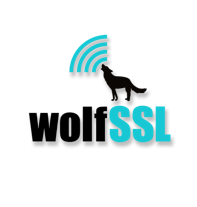
wolfSSL
"wolfSSL is an open source internet security company who's primary product is the wolfSSL embedded SSL Library. Its primary users are programmers building security functionality into their applications and devices. wolfSSL employs the dual licensing model, like MySQL, so it is available under commercial license terms for our commercial users and open source for the open source community. Support and consulting are also available from wolfSSL. wolfSSL is the most popular SSL/TLS security option for the IoT. We secure devices against the IoT's most prevalent threat vector, which is the MITM (man in the middle) attack."